By Liu Yuedi (Research Fellow at the Institute of Philosophy, Chinese Academy of Social Sciences)
(ECNS) -- On the occasion of the inaugural International Day for Dialogue among Civilizations, celebrations are being held worldwide. At a time of intertwined global transformations and crises, such dialogue is particularly invaluable.
On June 7, 2024, the UN General Assembly adopted a resolution proposed by China and co-sponsored by over 80 countries, designating June 10 as the annual International Day for Dialogue among Civilizations. From advancing the Global Civilization Initiative to promoting this International Day, China has evolved from a position of "dialogue with the world" during the early reform and opening-up era to today’s role in initiating "global dialogues". This is crucial for enhancing international recognition of civilizational diversity, fostering equal dialogue and mutual respect among civilizations, and strengthening global solidarity.
Renowned since ancient times for its openness and inclusiveness, Chinese civilization today upholds a civilizational perspective centered on equality, mutual learning, dialogue, and inclusiveness, thriving through syncretism. In an era of deglobalization where civilizational clashes intensify, Chinese civilization "swims against the tide", advocating coexistence and mutual exchange among diverse civilizations.
The process of mutual learning among civilizations progresses through three stages: comparative communication, cross-civilizational interaction, and ultimate integration. The first stage involves parallel comparisons—such as contrasting the guqin with the piano, Peking opera with Western opera, traditional Chinese painting with oil painting, and classical Chinese dance with ballet—revealing both commonalities and differences. The second stage pursues equal dialogue, enabling civilizations to engage actively across boundaries. Only then can the third stage of genuine integration be achieved.
The Latin root of "culture" (cultura, from colere) originally meant "cultivation". Like gentle rain nourishing the earth, cultural dissemination and civilizational exchange permeate human consciousness. Dialogue across civilizations allows people to transcend race, nationality, and faith, recognizing shared essence within differences and unique beauty within commonality—ultimately pursuing a harmonious world.
An Indian jade inkwell carved with Chinese cloud patterns, Picasso’s Bullfight Series prints infused with Chinese ink-wash aesthetics, a commode depicting "Han Palace in Spring" housed in the Louvre... These artifacts trace the cultural trajectory of Chinoiserie while documenting how "Chinese beauty" became "global beauty".
A prime example is the Nautilus Gilt-Silver Ewer treasured by Italian Medici family. Crafted in the mid-16th century, its nautilus shell was decorated in Guangzhou before French artisans added gilt-silver mounts and a base bearing their hallmark. Though structurally standardized, its brilliance lies in the core motif: an uncredited Chinese artisan depicted the farewell scene from The Romance of the West Chamber (Xixiang Ji), where Cui Yingying and Hongniang bid farewell to Zhang Sheng departing for imperial examinations. Following Sino-European trade practices, the body’s decoration was completed in China, while the Western-style handles and metalwork reflect a synthesis of aesthetics.
Civilizations embody both refined arts (qin, qi, shu, hua—music, chess, calligraphy, painting) and quotidian rhythms (firewood, rice, oil, salt). This "aesthetics of everyday life" resonates across the East and the West.
Martin Powers, an American sinologist specializing in Chinese art, openly admires the Eastern Jin poet Tao Yuanming. His televised analysis of Tao Yuanming’s Retreat highlighted a shared Sino-Western appreciation for "lingering resonance" (yuyin raoliang), noting how the painting captures Tao and his wife sitting in silent contemplation after playing the guqin.
Australian scholar Gary Sigley (Professor at Beijing Normal University) argues that while tea—a Chinese-origin global phenomenon—represents material transmission, its deeper significance lies in China’s ethos of "harmonizing the world" (hexie tianxia). Such cross-cultural interpretations facilitate global acceptance of Chinese philosophy.
Since the inscription of "Spring Festival, social practices of the Chinese people in celebration of the traditional new year" on the Representative List of the Intangible Cultural Heritage of Humanity, "Chinese New Year" has evolved into a "Global Chinese New Year". Originally symbolizing family reunion in China, its customs—couplets (chunlian), calligraphic "福" (fu characters), and paper-cuttings (chuanghua)—now appear worldwide. For Chinese culture to gain authentic global resonance, it must transcend niche elitist channels and cultivate a comprehensive Chinese philosophy of living—rooting cultural practices in foreign soil rather than merely exporting cultural products.
Global celebrations of the first International Day for Dialogue among Civilizations reaffirm that such dialogue shatters prejudice while cultural resonance bridges divides. China, an "Eastern vessel" carrying 5,000 years of wisdom, continues sailing through humanity’s starry river of civilizations today, underscoring its historical responsibility: advocating intercultural engagement and collaborating with all civilizations to build a shared future for humanity—united in diversity.
Profile
Liu Yuedi is a Professor at the Institute of Philosophy at the Chinese Academy of Social Sciences, Delegate-at-Large of the International Association for Aesthetics, Assistant Secretary-General of the Chinese Society for Aesthetics, and Executive Main Editor of The Journal of Aesthetics. His recent books include Contemporary Art Theory (2015), The World is Flat and Beautiful (2014), Contemporary Studies of Chinese Aesthetics (2011), Aesthetics in Everyday Life (2011), The History of Analytic Aesthetics (2009), After the End of Art (2006), Performing Life Aesthetics (2005). He is the editor of Subversive Strategies in Contemporary Chinese Art (Brill, 2011) and Aesthetics of Everyday Life: East and West (Cambridge Scholars Publishing, 2014), and editor of Interviews with International Aestheticians (2010). He won the Second National Original Publication of Creative Book Award (China, 2008).












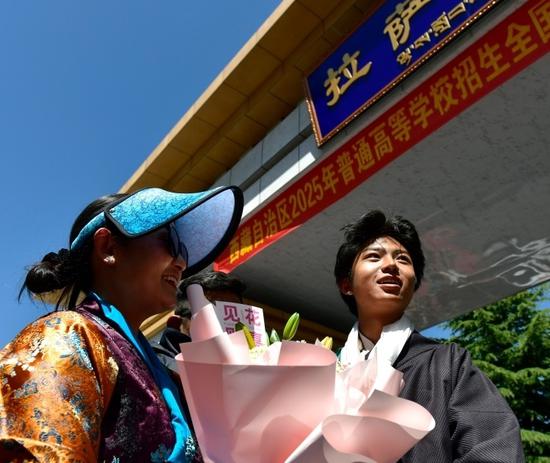






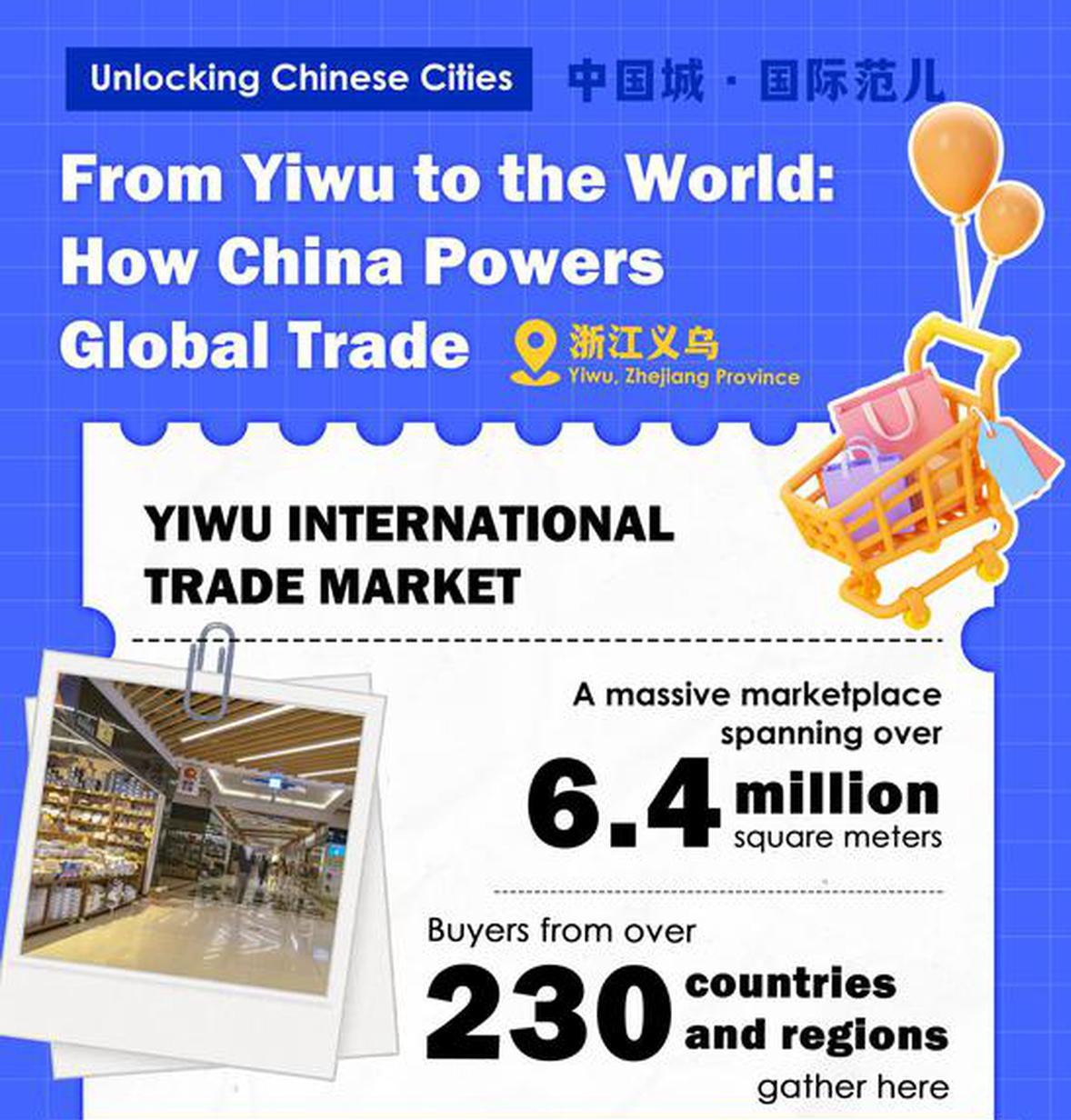

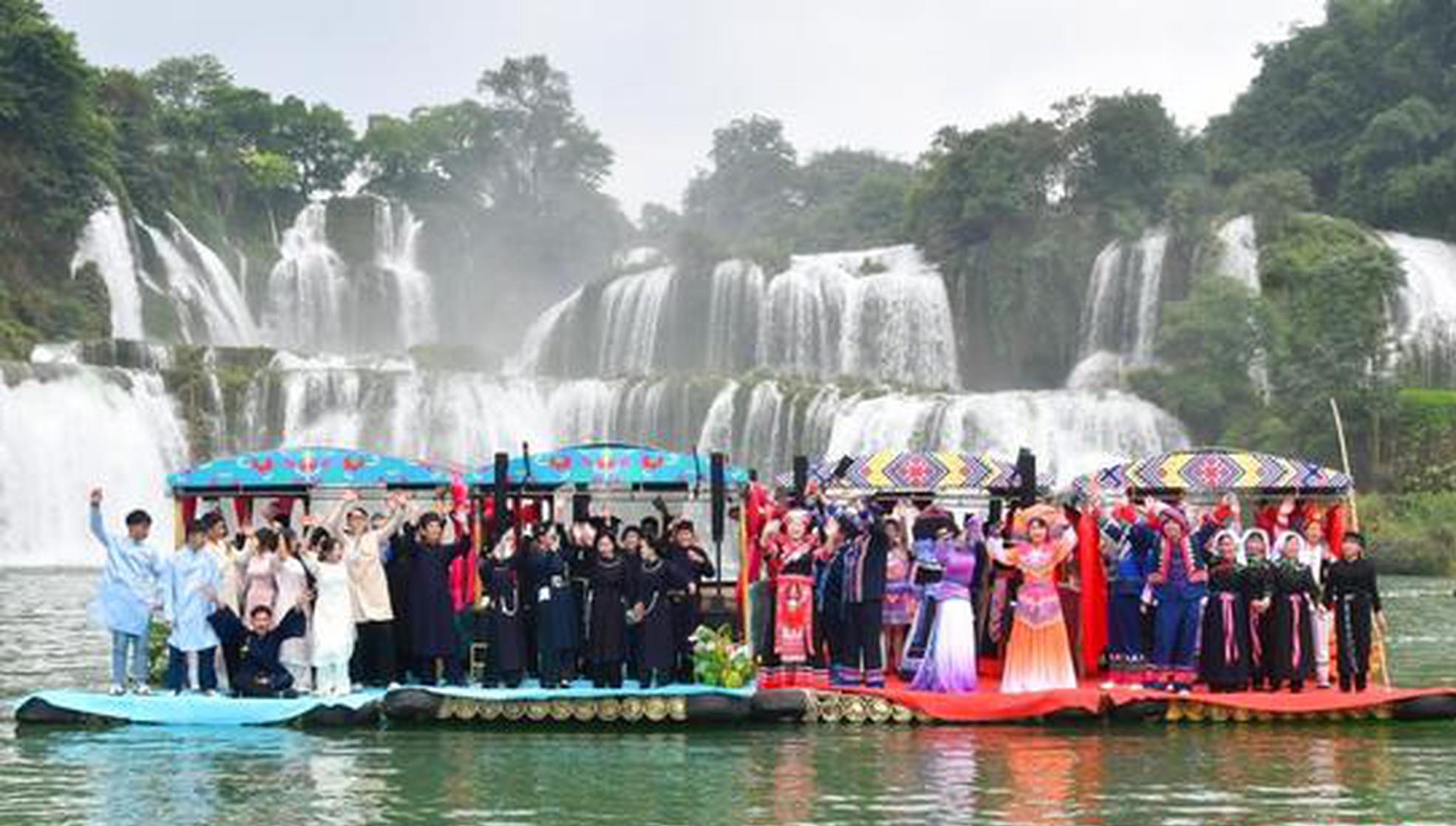
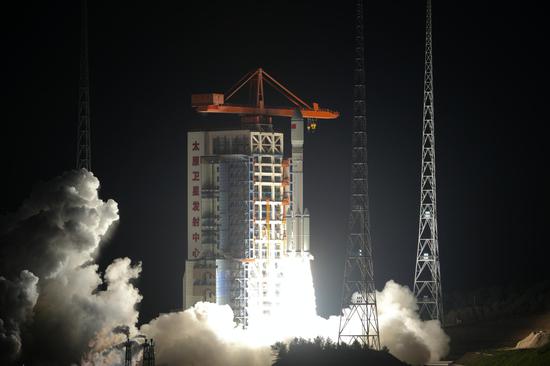


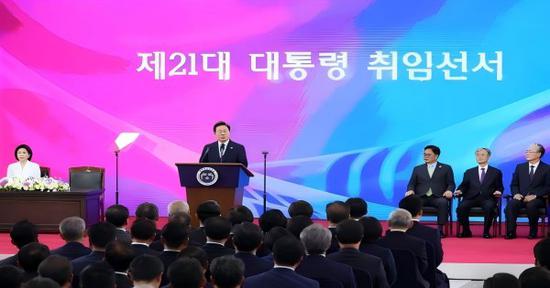
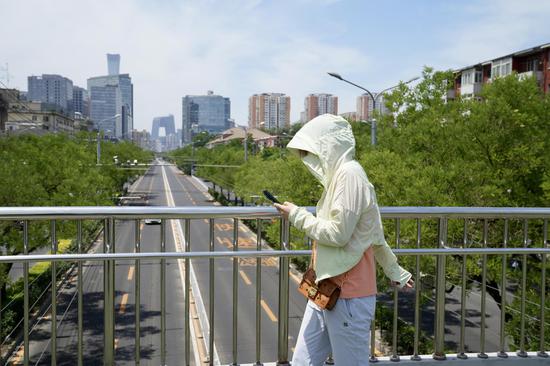





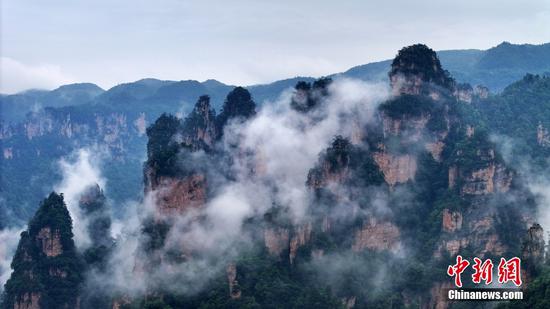
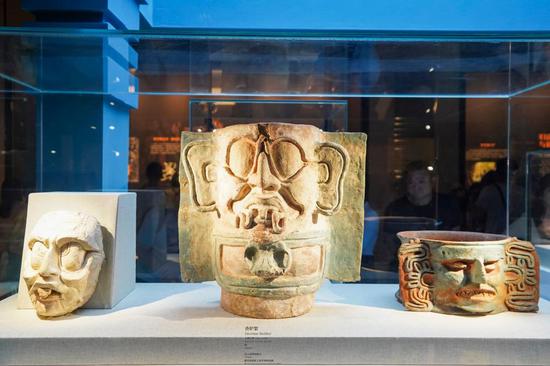
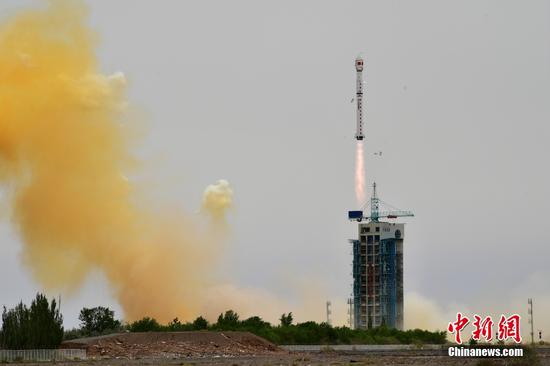

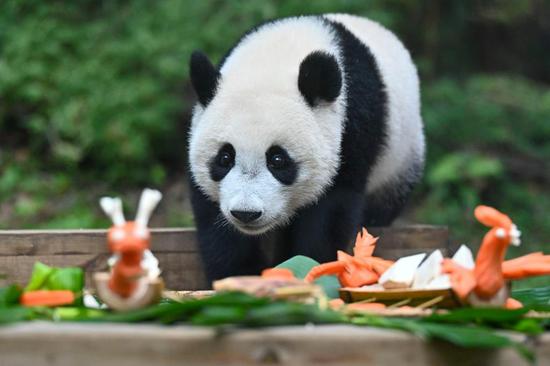
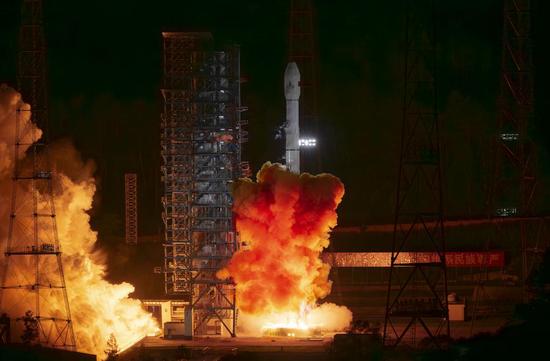
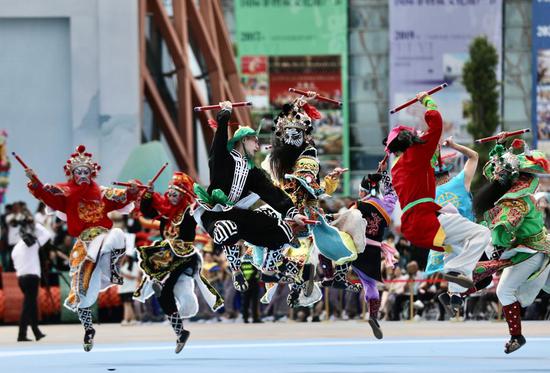
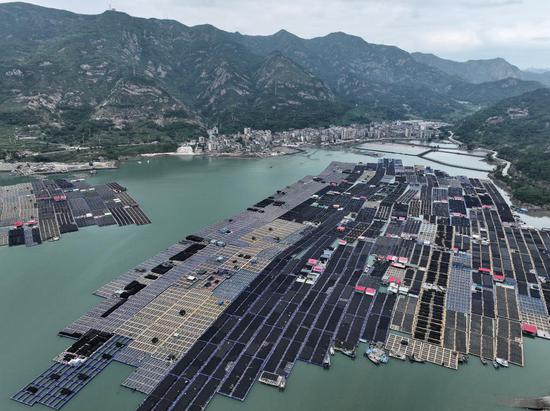


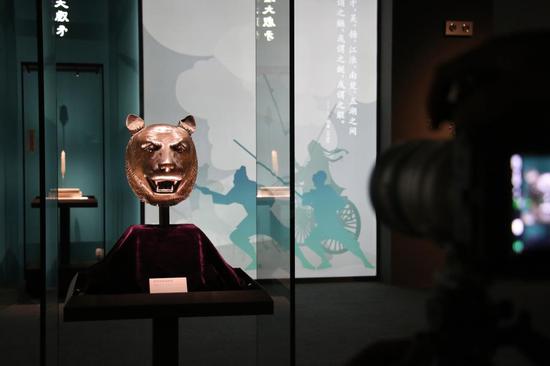

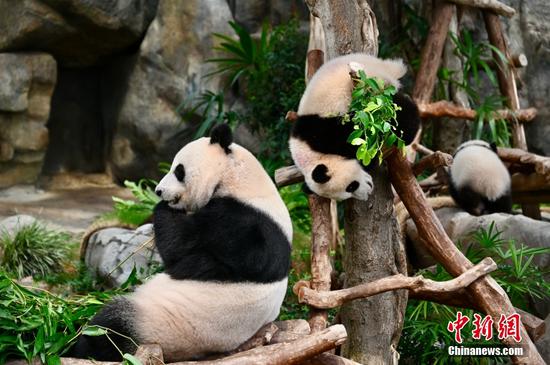



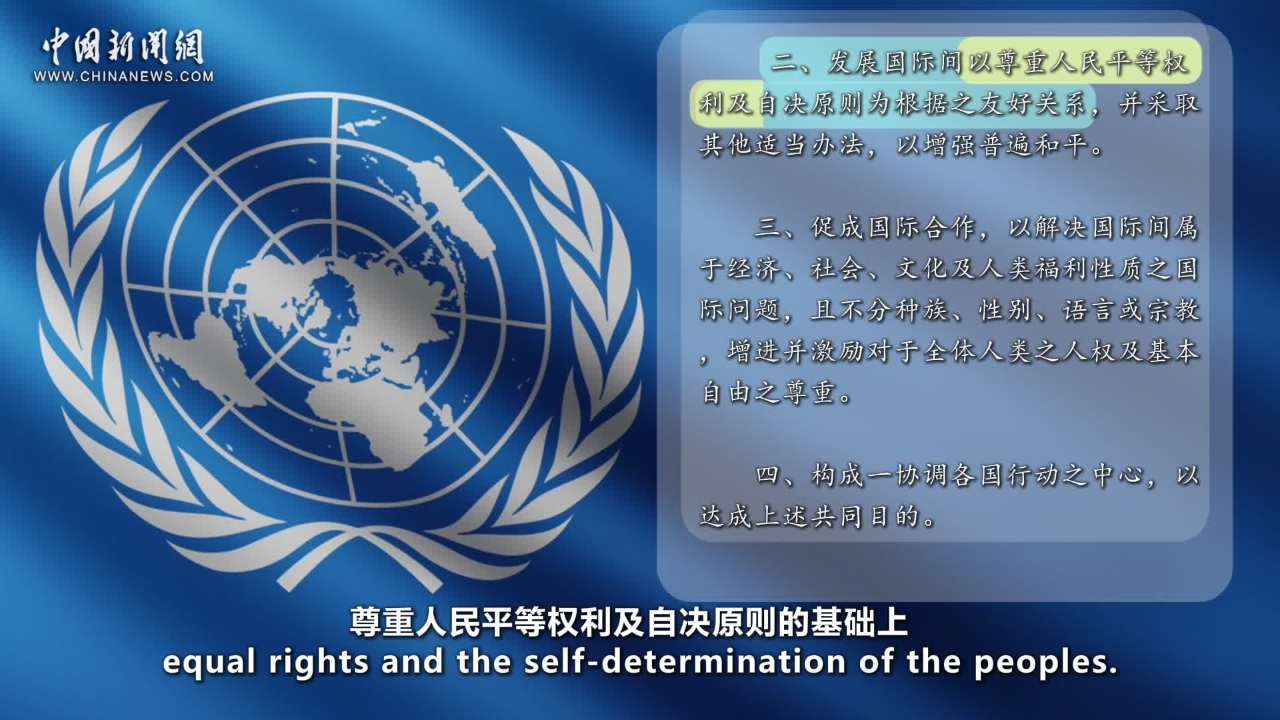

 京公網安備 11010202009201號
京公網安備 11010202009201號